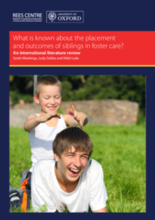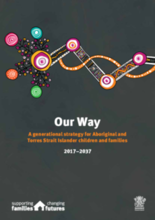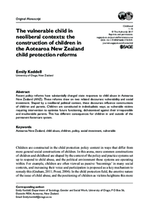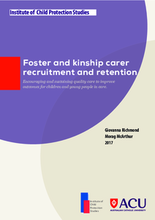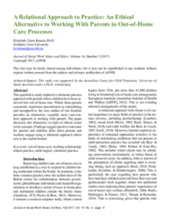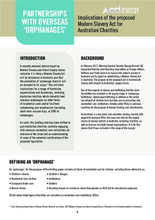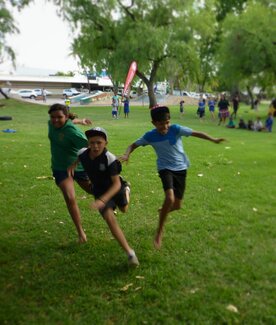

Displaying 531 - 540 of 673
David Hill wants to shed a light on the abuse perpetrated against child migrants who entered Australia from 1947 to the 1970s.
This article from Sara Everingham reports Northern Territory Government is failing in its obligation toward indigenous children who are placed in care by failing to prioritize placement with indigenous population.
In examining institutional sex abuse, Australia’s Royal Commission found that seven-percent of the nation’s priests allegedly abused children between 1950 and 2010.
This review of the international research examines what is known about the placement of siblings in foster care.
Our Way outlines a framework for transformational change that will occur over the next 20 years, representing a long-term commitment by government and the Aboriginal and Torres Strait Islander community to work together to improve the life outcomes of vulnerable Aboriginal and Torres Strait Islander children.
This documentary tells the stories of four Aboriginal grandmothers in Australia whose grandchildren have been removed and placed in state care, and who are fighting to have their grandchildren placed in their care.
This paper discusses recent policy reforms have substantially changed state responses to child abuse in Aotearoa New Zealand (ANZ).
The subject of this report is to present the findings of stage two of a project aimed to address the anticipated risk to the foster care workforce by identifying and disseminating the most effective strategies to attract, support and retain foster caring families across all states and territories in Australia.
This qualitative study explored a relational practice approach with parents whose children have been removed into out-of-home care in Australia.
This briefing note has been written to give Australian charities currently engaging with overseas residential care institutions an overview of the issue and an understanding of some of the potential ramifications of the proposed Modern Slavery legislation.

